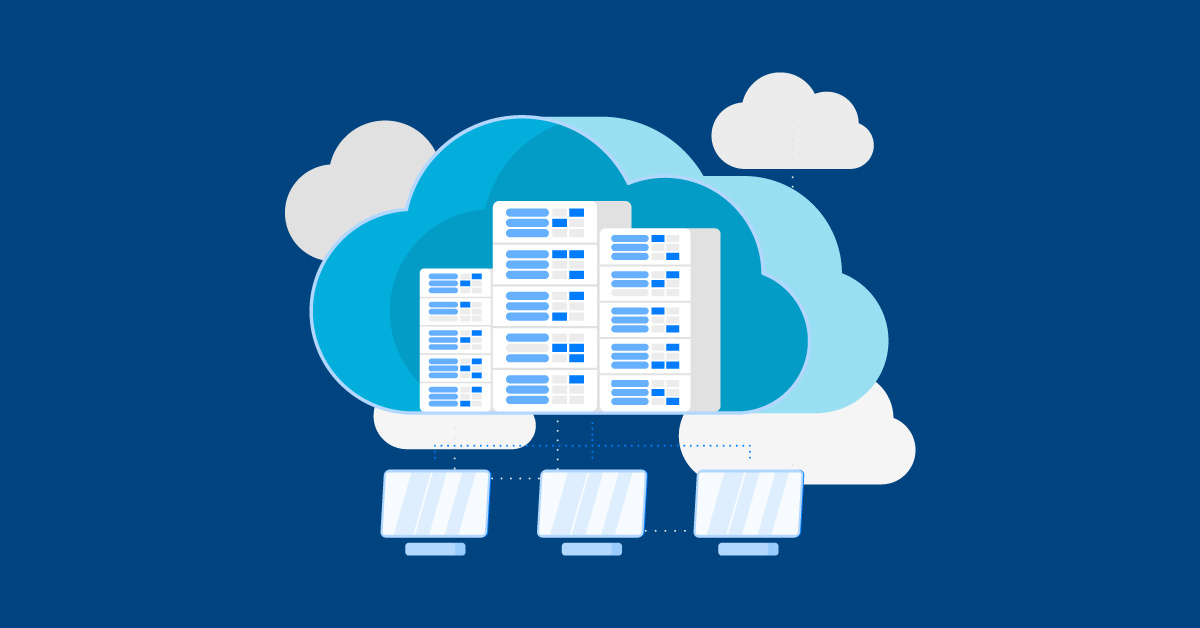Online Analytical Processing (OLAP) is a technology that helps businesses analyze large volumes of data by organizing it into multidimensional cubes, with dimensions such as time, geography, and product categories. This organization allows users to perform complex queries and detailed analyses quickly. Unlike traditional business databases, OLAP structures the data so users can explore and compare it from multiple angles, providing deeper insights and more flexible reporting.
For example, with OLAP, a business can analyze sales data by year, region, and product type — all in one query. This capability is essential for making informed decisions based on comprehensive data analysis. As businesses increasingly rely on these insights, teams must ensure the quality of their OLAP systems through effective testing.
Proper OLAP testing helps maintain data accuracy, ensures efficient query performance, and delivers reliable reports, all of which are vital for robust business intelligence.
Challenges of OLAP Testing
For all the multidimensional model's benefits, testing these OLAP systems does present challenges that require specialized approaches beyond traditional data processing tests.
Focus on Analytical Capabilities
OLAP testing involves more than straightforward data retrieval. It requires evaluating complex queries and multidimensional analysis. Features like drill-down, roll-up, and pivoting need thorough testing to confirm their accuracy across various scenarios. These features allow users to explore data from different angles and levels of detail, so it's vital to check that they work correctly.
Effective testing of these capabilities validates that the system can handle elaborate analytical tasks, providing reliable insights for decision-making.
- Test Different Scenarios: Teams should create test cases for various scenarios, including different data hierarchies and user interactions.
- Simulate Real-World Use: The organization should make sure that its tests mimic actual user behavior to catch potential issues early.
- Validate Results: Testers should cross-check the results of complex queries with expected outcomes to determine whether they're accurate.
Data Integrity Concerns
Data quality is at the heart of OLAP analysis. If the underlying data is flawed, the insights derived will be unreliable. OLAP systems often handle large volumes of data from multiple sources, making inconsistencies more likely. Testing strategies should include robust data cleansing methods to maintain high data quality. Techniques such as data profiling, validation checks, and anomaly detection help identify and correct data issues, ensuring the OLAP system provides accurate and meaningful results.
- Implement Data Profiling: Testers should use data profiling tools to understand the data and identify anomalies.
- Conduct Validation Checks: Teams should regularly perform validation checks to guarantee that their business analysts will be working with consistent, accurate data.
- Use Anomaly Detection: Users can deploy anomaly detection algorithms to spot and correct data discrepancies early.
Performance Under Pressure
OLAP queries can be resource-intensive, especially with large datasets and complex calculations. Performance testing is crucial to ensure the system can handle high query loads without slowdowns. This involves testing query response times, assessing scalability with increasing data volumes, and optimizing the system for real-world usage patterns.
Effective performance testing helps prevent bottlenecks so that the OLAP system remains responsive and efficient (even under heavy use).
- Test Query Response Times: Testers should measure how long queries take to return results and optimize accordingly.
- Assess Scalability: Teams should evaluate how the system performs as data volumes grow to know whether it can scale effectively.
- Optimize Usage Patterns: Testers should analyze common usage patterns and optimize the system to handle these efficiently.
By addressing these challenges with targeted strategies, businesses can enhance the reliability and performance of their OLAP systems. In doing so, they provide their organization with accurate, timely insights for informed decision-making.
OLAP Testing Techniques and Best Practices
Implementing effective OLAP testing requires a combination of automation, strategic test data creation, and collaborative efforts.
Leveraging Automation
Automating repetitive OLAP testing tasks boosts efficiency and reduces the risk of human error. Here are actionable steps teams can follow to make the most out of automation:
- Identify Repetitive Tasks: Pinpoint which OLAP testing tasks are repetitive and can be automated, such as running standard queries.
- Develop Automated Test Scripts: Create scripts for predefined queries to streamline the testing process.
- Use Data Validation Tools: Employ tools designed for data validation to ensure consistent and repeatable test cycles.
- Integrate with CI/CD Pipelines: Embedding OLAP testing into CI/CD pipelines allows for continuous quality checks. This integration helps detect and resolve issues before they affect end-users.
Building a Test Data Strategy
Organizations that create a solid test data strategy can use it to validate involved OLAP structures like calculated members and custom hierarchies. Business users should consider these best practices:
- Define Clear Test Scenarios: Outline different scenarios that your test data should cover, including edge cases.
- Use Realistic Data: Ensure that your test data mimics real-world data as closely as possible to uncover potential issues.
- Include Edge Cases: Prepare data that tests the limits of your OLAP system, such as extreme values or unusual data combinations.
- Validate Calculations: Regularly check that calculated members and custom hierarchies produce the expected results.
Collaboration Is Key
Successful OLAP testing requires close collaboration between testers, data analysts, and business stakeholders. Strategies organizations can employ to enhance collaboration include:
- Regular Meetings: Hold frequent meetings to discuss testing goals, progress, and challenges.
- Clear Documentation: Maintain detailed documentation of testing procedures, scenarios, and results for transparency and shared understanding.
- Feedback Loops: Establish feedback loops to gather insights from all stakeholders and refine testing strategies accordingly.
- Shared Tools and Platforms: Use collaborative tools and platforms that allow real-time updates and communication.
Conclusion
OLAP testing is a vital component of data warehouse quality assurance, ensuring the reliability and performance of complex analytical operations. By addressing challenges related to analytical capabilities, data integrity, and performance, businesses can enhance the effectiveness of their OLAP services. Leveraging automation, developing a solid test data strategy, and fostering collaboration are key practices for successful OLAP testing. Engineering leaders and QA professionals can use these techniques to deliver high-quality, data-driven insights, driving better business decisions.
Explore more resources or share your OLAP testing experiences to continue improving the quality and performance of your data systems.




%20(1).png?width=150&height=69&name=MuukTest-logo---light-background%20(3)%20(1).png)